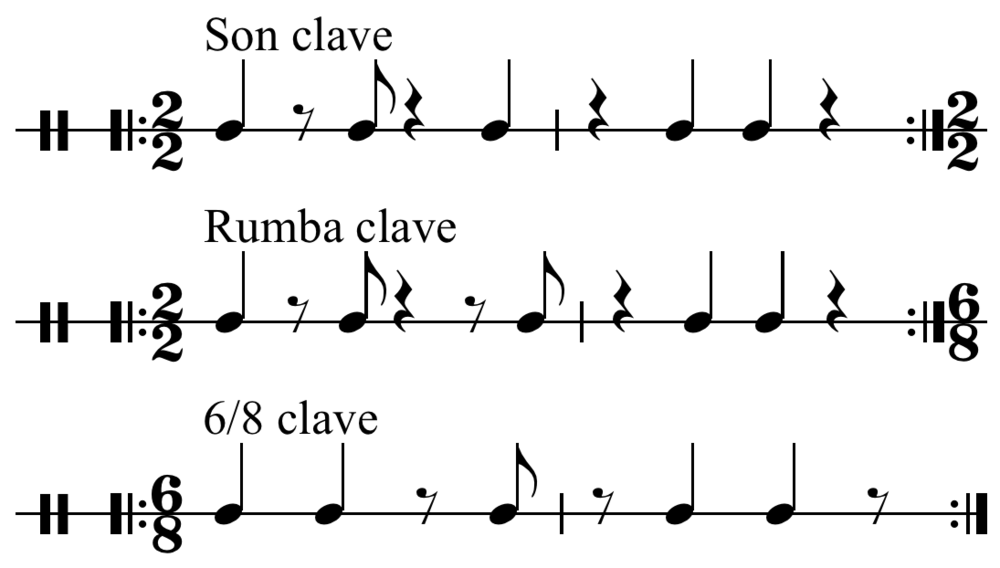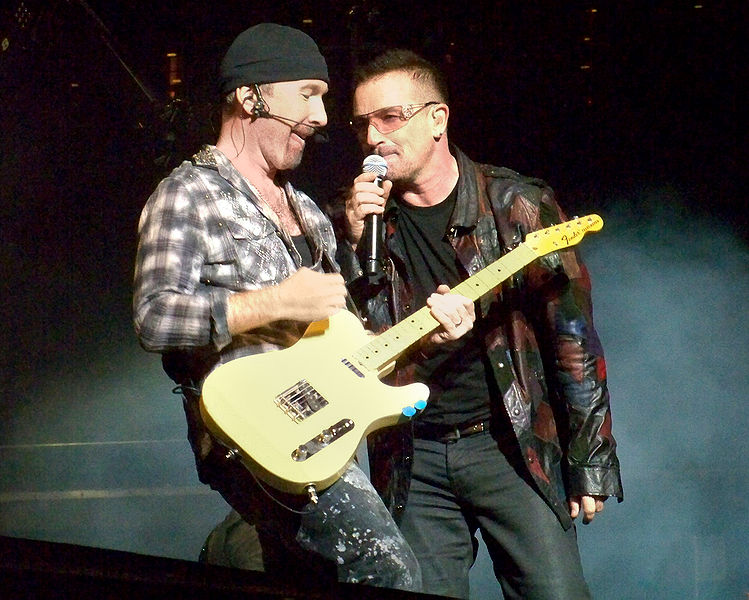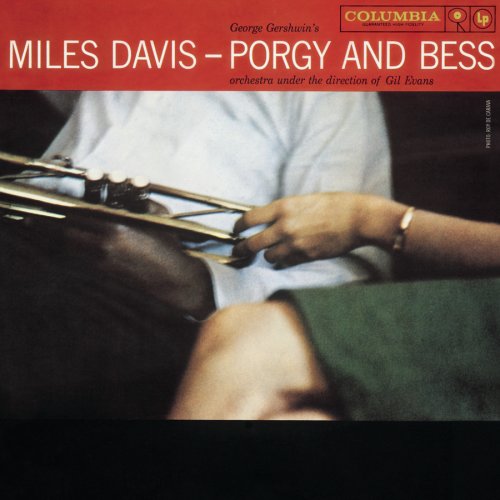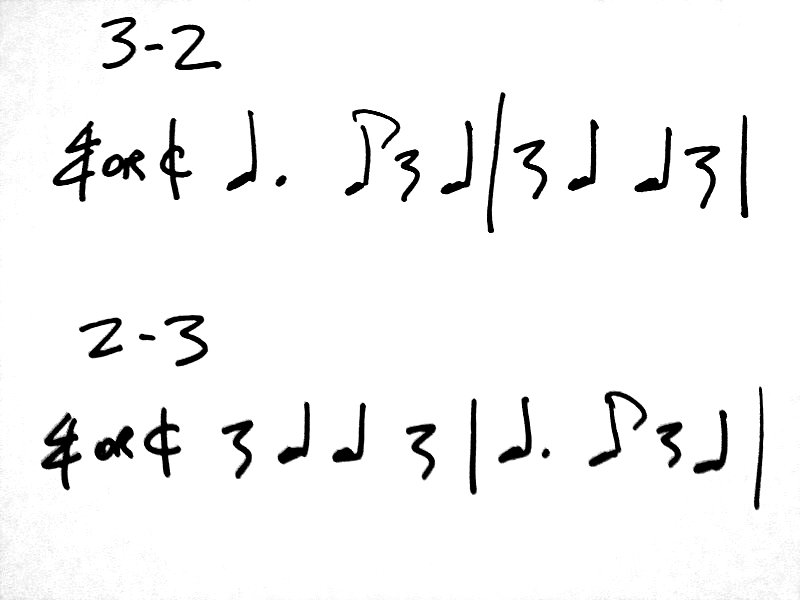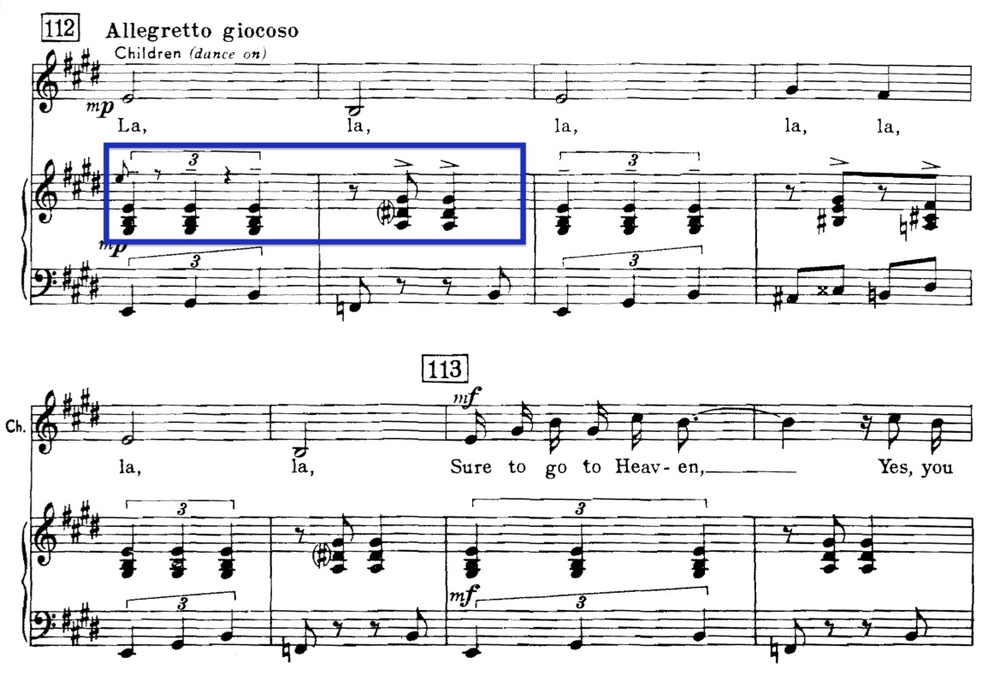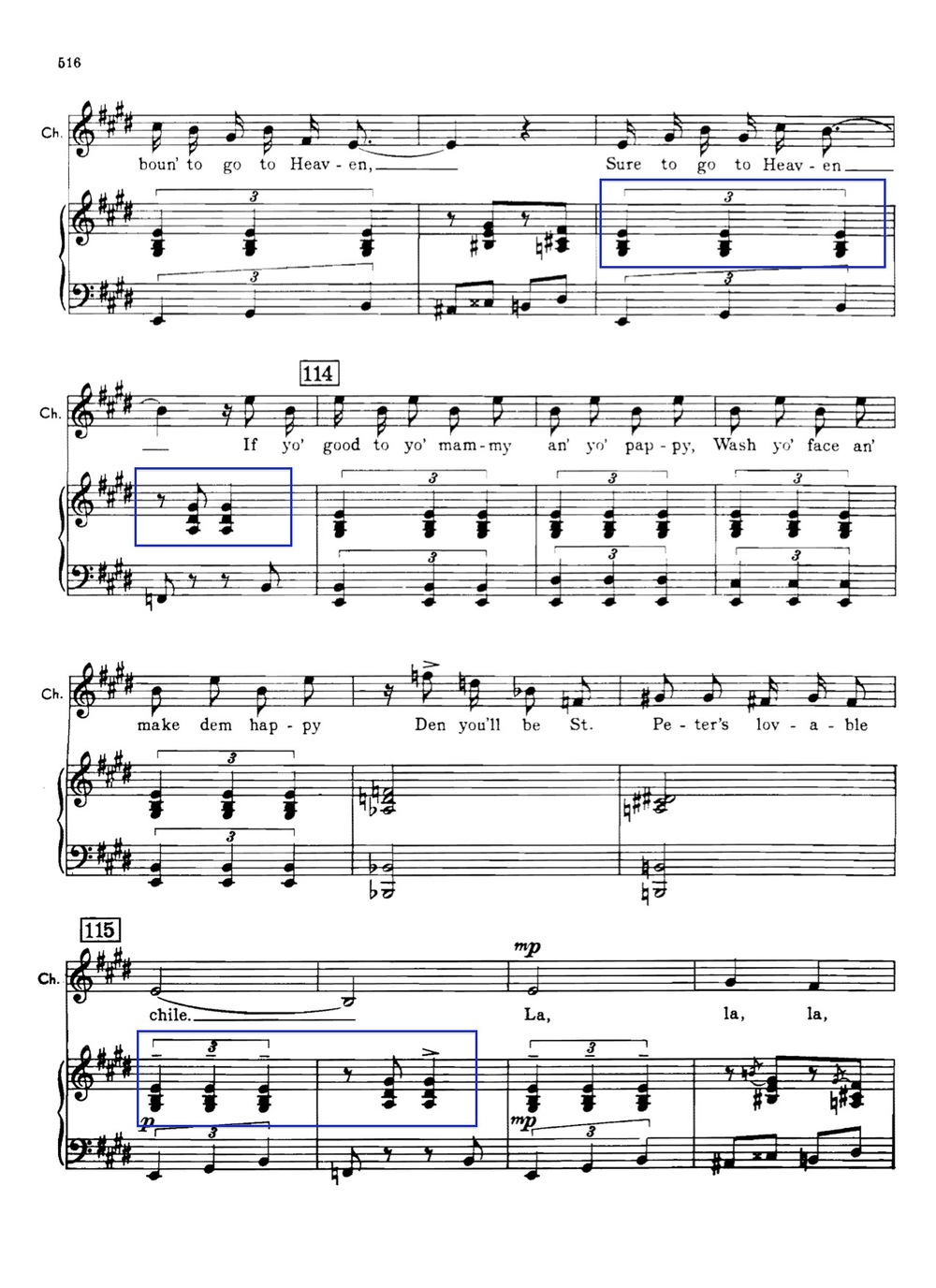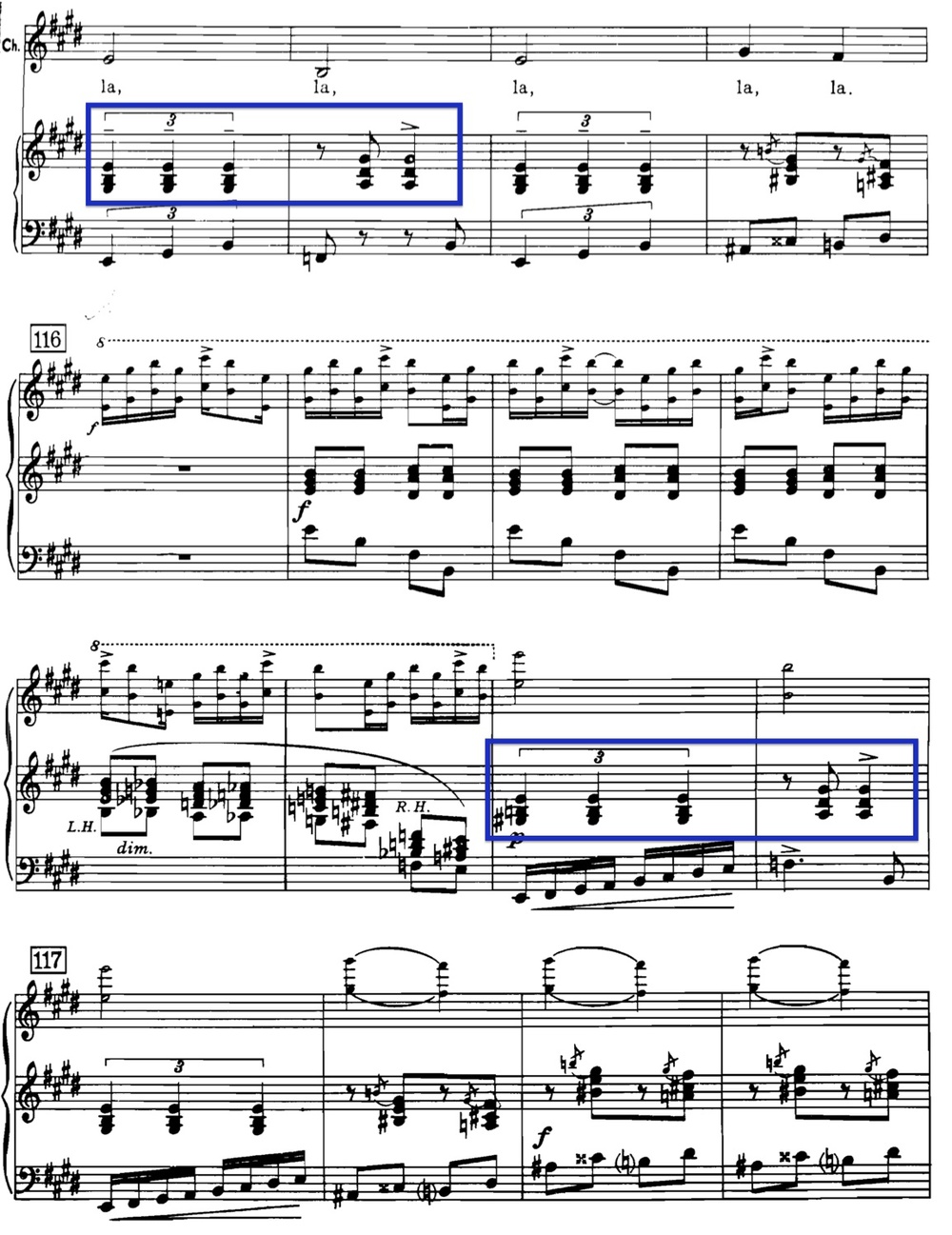Grainger on Grieg and Gershwin
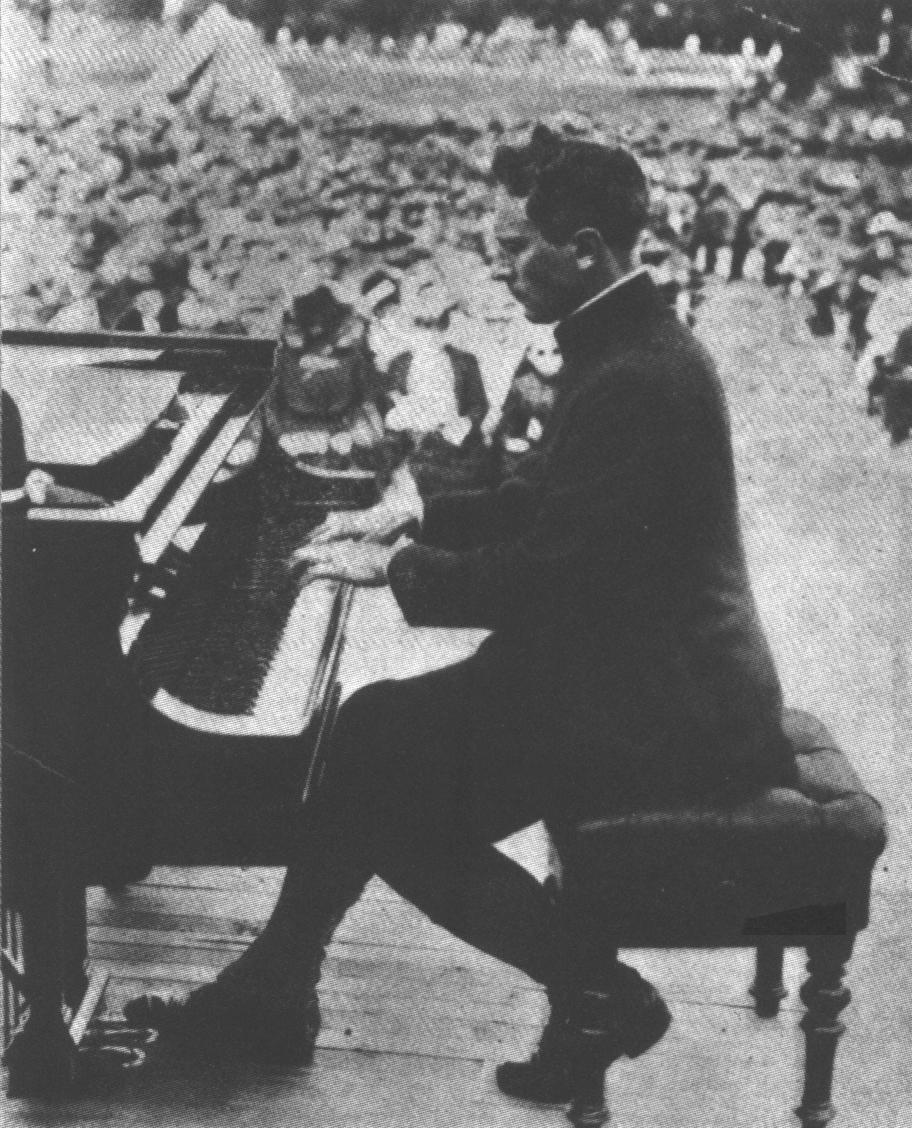 By Central News Photo Service, via Wikimedia Commons
By Central News Photo Service, via Wikimedia Commons
"'The Man I Love' is one of the great songs of all time, taking its place in immortality beside the finest love-songs by Dowland, Schubert, Schumann, Brahms, Grieg, Tchaikovsky, Gabriel Fauré, Henri du Parc, Hatton, Maude Valerie White, Cyril Scott, Roger Quilter, Debussy and John Alden Carpenter.
... Such similarities (to Grieg) amounts to almost identicalness! But none of this detracts from Gershwin's immense and indisputable originality. It only shows what a life-giving inspiration Grieg's startling innovations provided for almost all truly progressive composers that cam after him: Debussy, Ravel, Delius, Cyril Scot, Albeniz, Stravinsky, MacDowell, Gershwin. And it goes to prove how deeply Gershwin's genius (whatever inspiration it also drew from popular and local sources) was rooted in the traditions of classical cosmopolitan music. So much of Gershwin's unique and subtle greatness lies in his humanistic universalism - in his effortless ability to reconcile hitherto unreconciled contrasts and seemingly opposing tendencies."
-Percy Aldridge Grainger, June 22, 1994 (forward to his concert version of The Man I Love)
